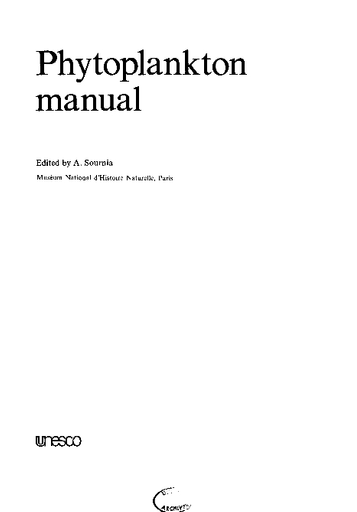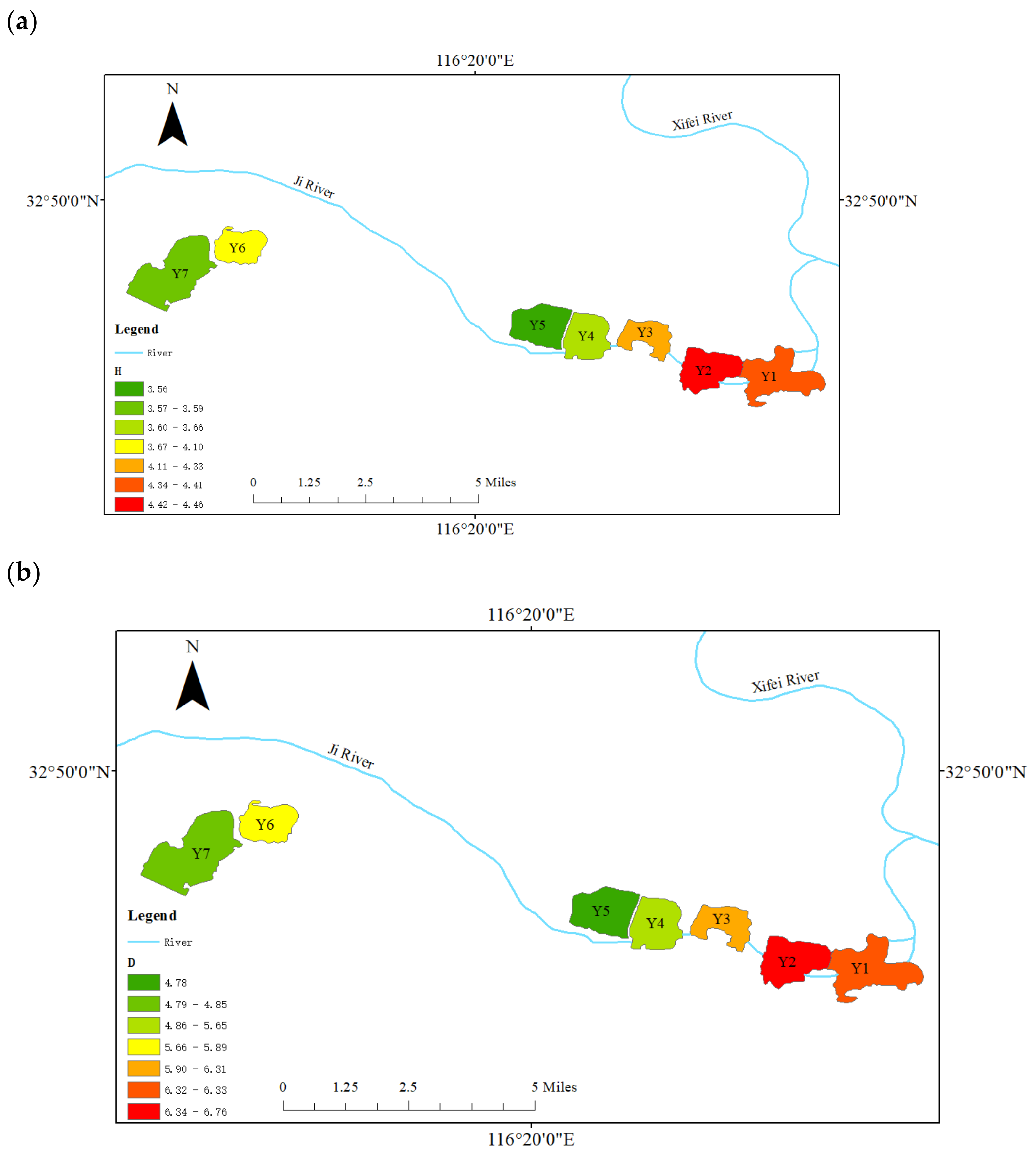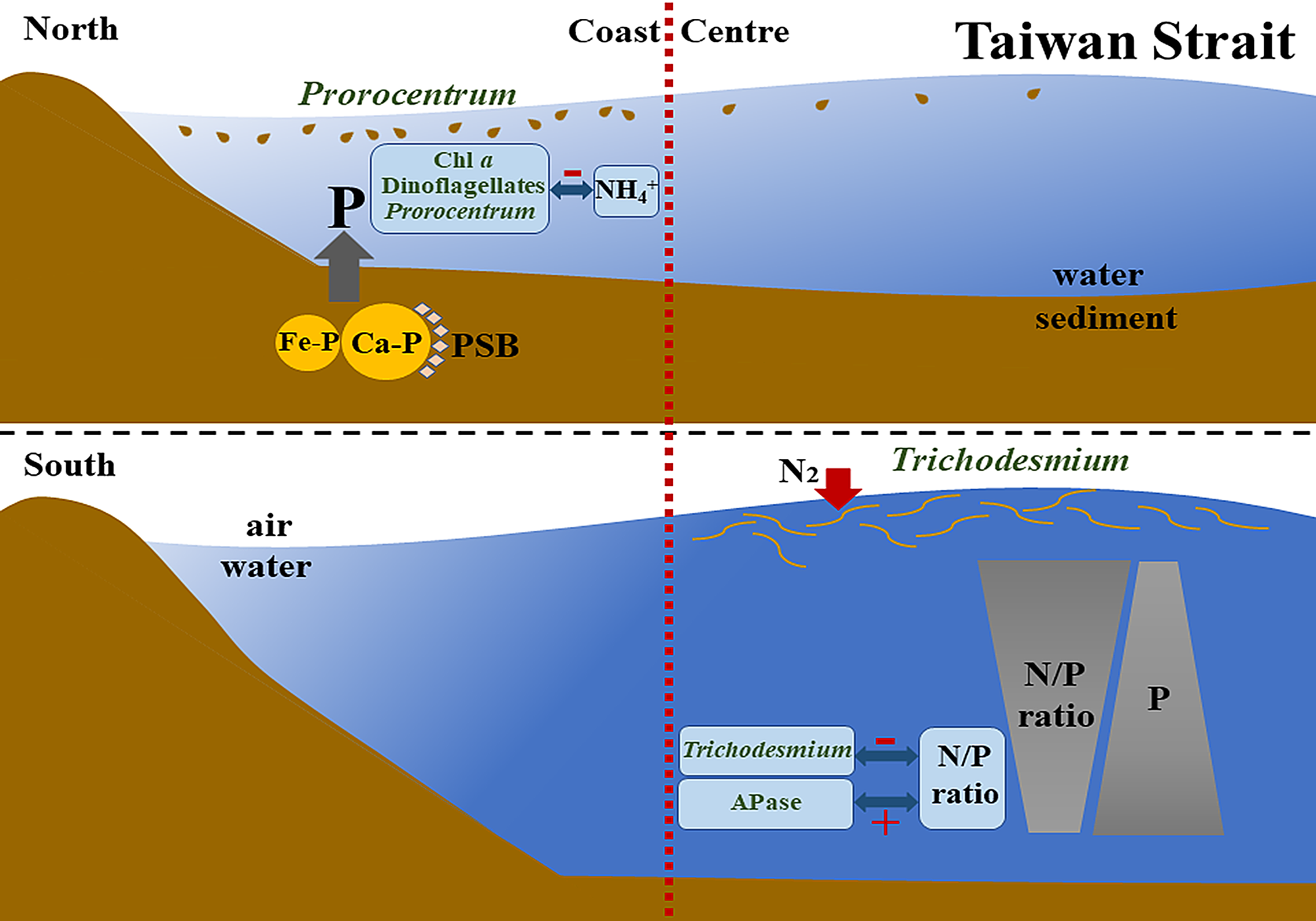
JMSE, Free Full-Text
Although the nutrient as a driving force for the red tide was intensively studied, the spatial patterns of the phytoplankton community and its response to benthic nutrient cycling remain unclear. We determined the pelagic phytoplankton community and its extracellular alkaline phosphatase qualitatively using enzyme-labeled fluorescence (ELF) technique, concomitantly with the concentrations of phosphorus (P) and nitrogen (N) in the water and sediments in the Taiwan Strait in spring 2018. A total of 30 phytoplankton genera were identified with a higher abundance of the abundance of Prorocentrum and Trichodesmium being observed at the north coast and the center of the southern strait, respectively. Both phytoplankton abundances and Trichodesmium were negatively correlated with the ratios of dissolved inorganic N and ammonium to soluble reactive P (DIN/SRP, NH4+/SRP) in the bottom. Furthermore, the ELF-labeling percentage in Trichodesmium was negatively correlated with total P and SRP but positively correlated with TN/TP, DIN/SRP, and NH4+/SRP in the bottom. In contrast to high DIN/SRP of the surface, lower DIN/SRP in the bottom was owing to a high P release potential and weak sequestration of P as evidenced by the distribution of P solubilizing bacteria and P content. Our findings indicated that the benthic nutrient regime might shape the structure of the pelagic phytoplankton community.
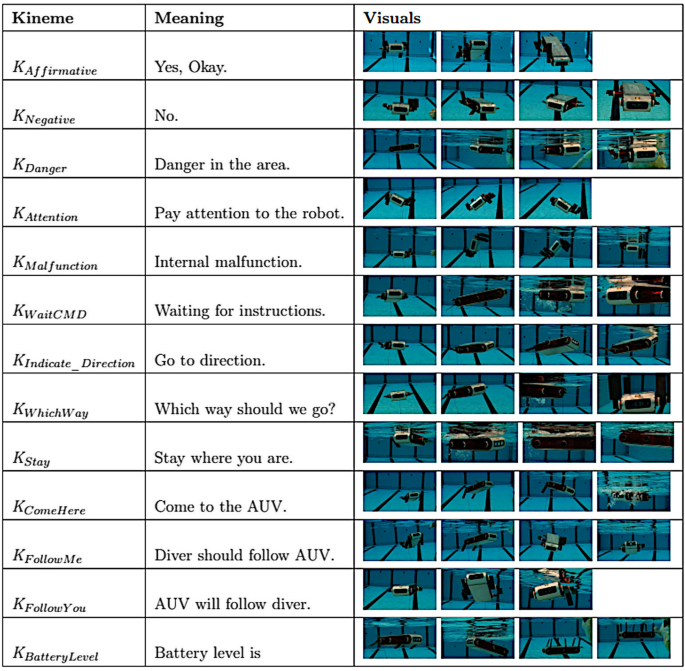
JMSE, Free Full-Text, rated speed
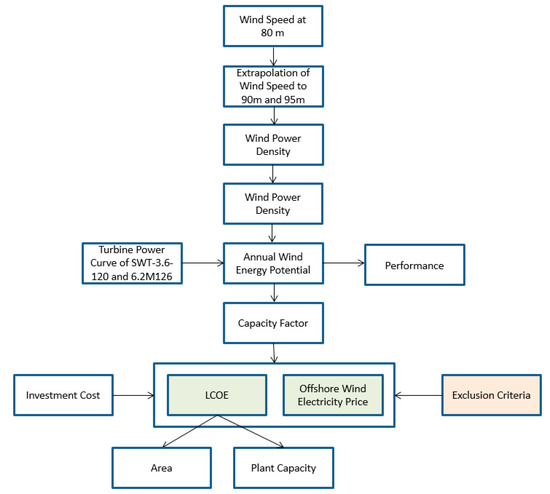
Section Scope, 46% OFF
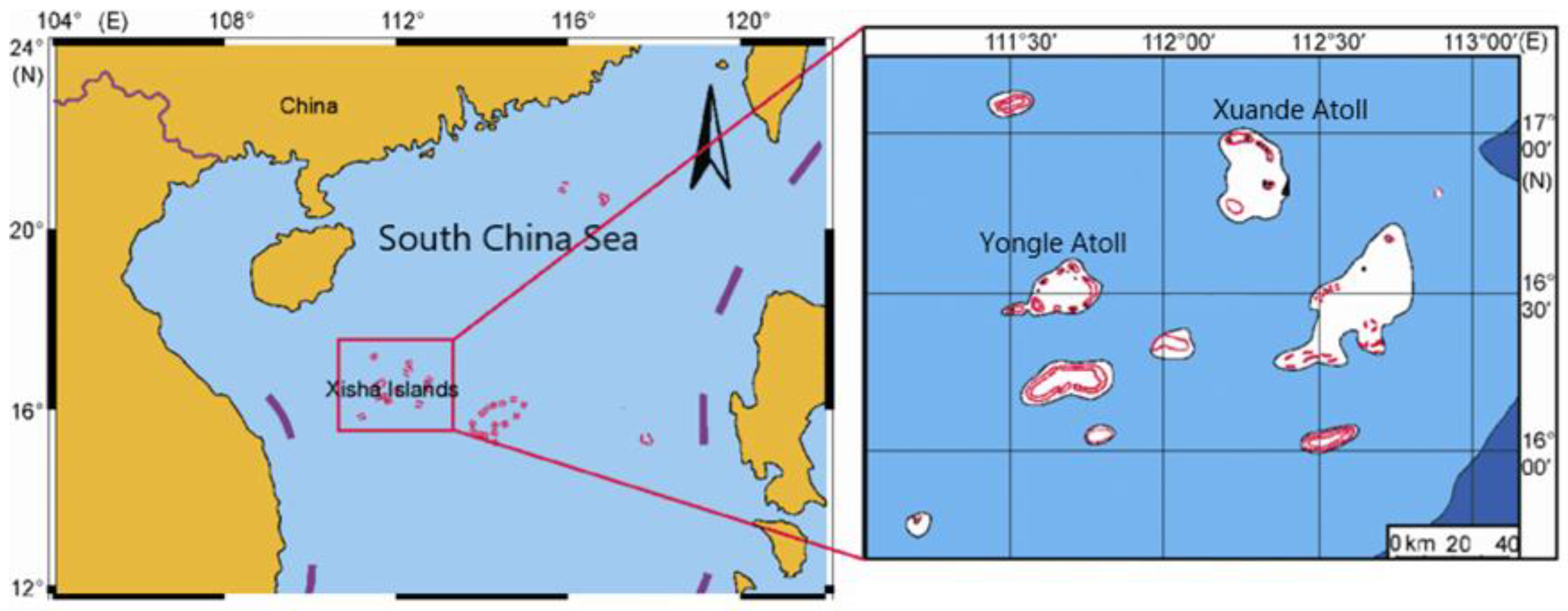
JMSE, Free Full-Text
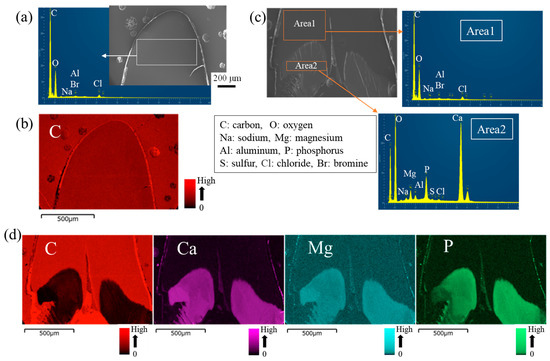
Journal of Marine Science and Engineering
/media/img/mt/2023/12/16x92022_09_27T132447Z_1919600756_RC2PPW9GNNOT_RTRMADP_3_UKRAINE_CRISIS_DENMARK_REGULATOR_copy-1/original.jpg)
Yate-based West Technology Forensics develops ground-breaking tech, fired bullet casing
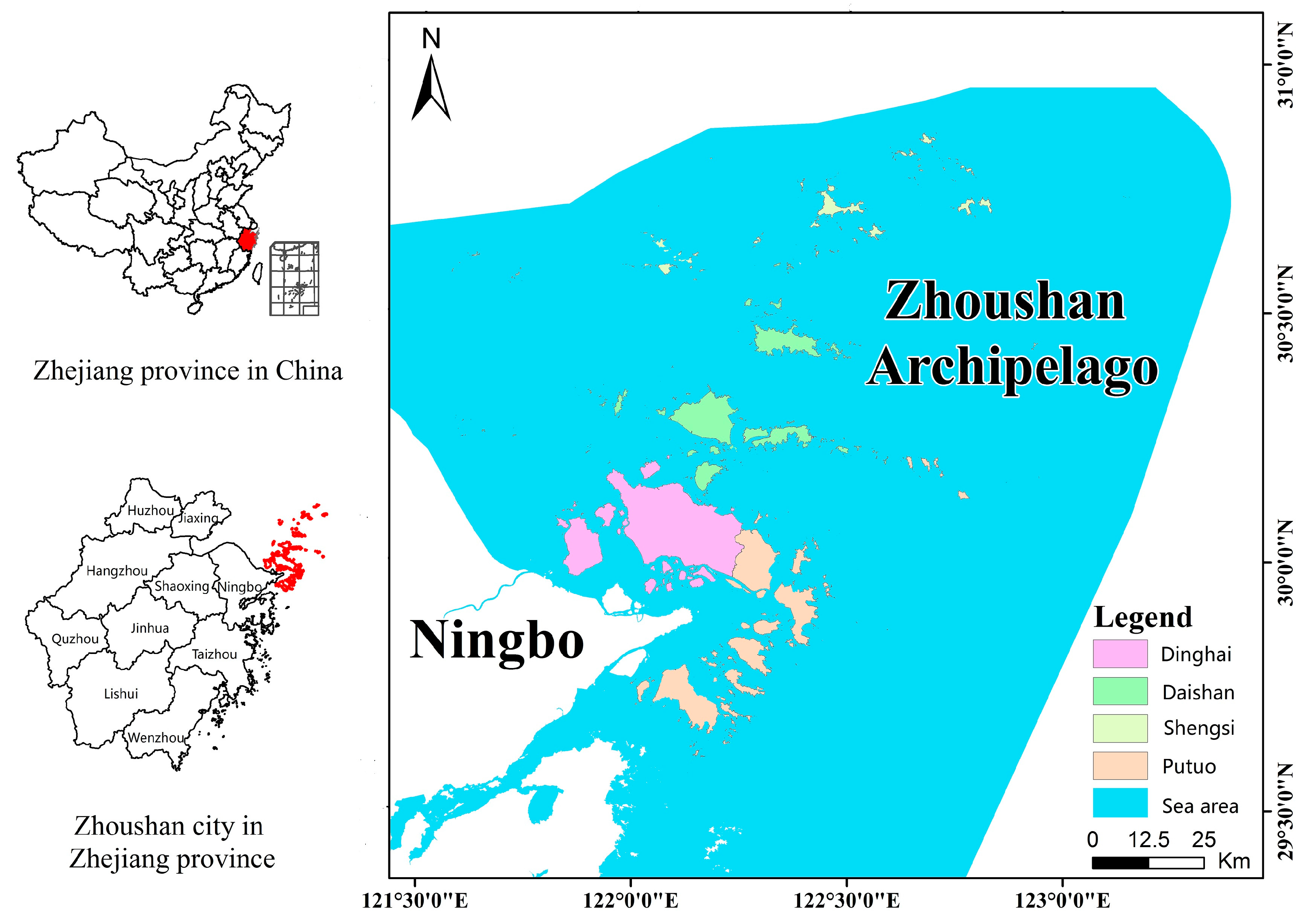
JMSE, Free Full-Text

Journal of Marine Science and Engineering

Lack of food is the new threat to Antarctic fur seals, research suggests, seals
JMS logo. Free logo maker.
